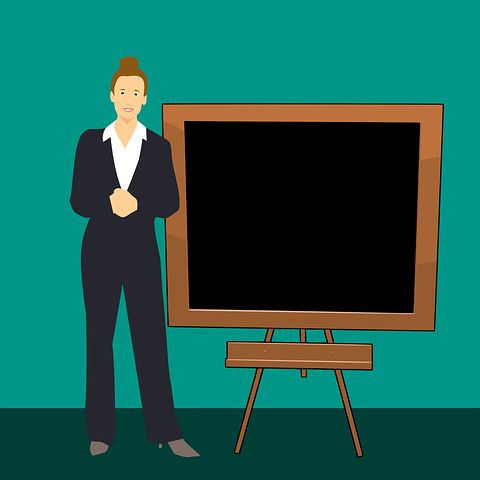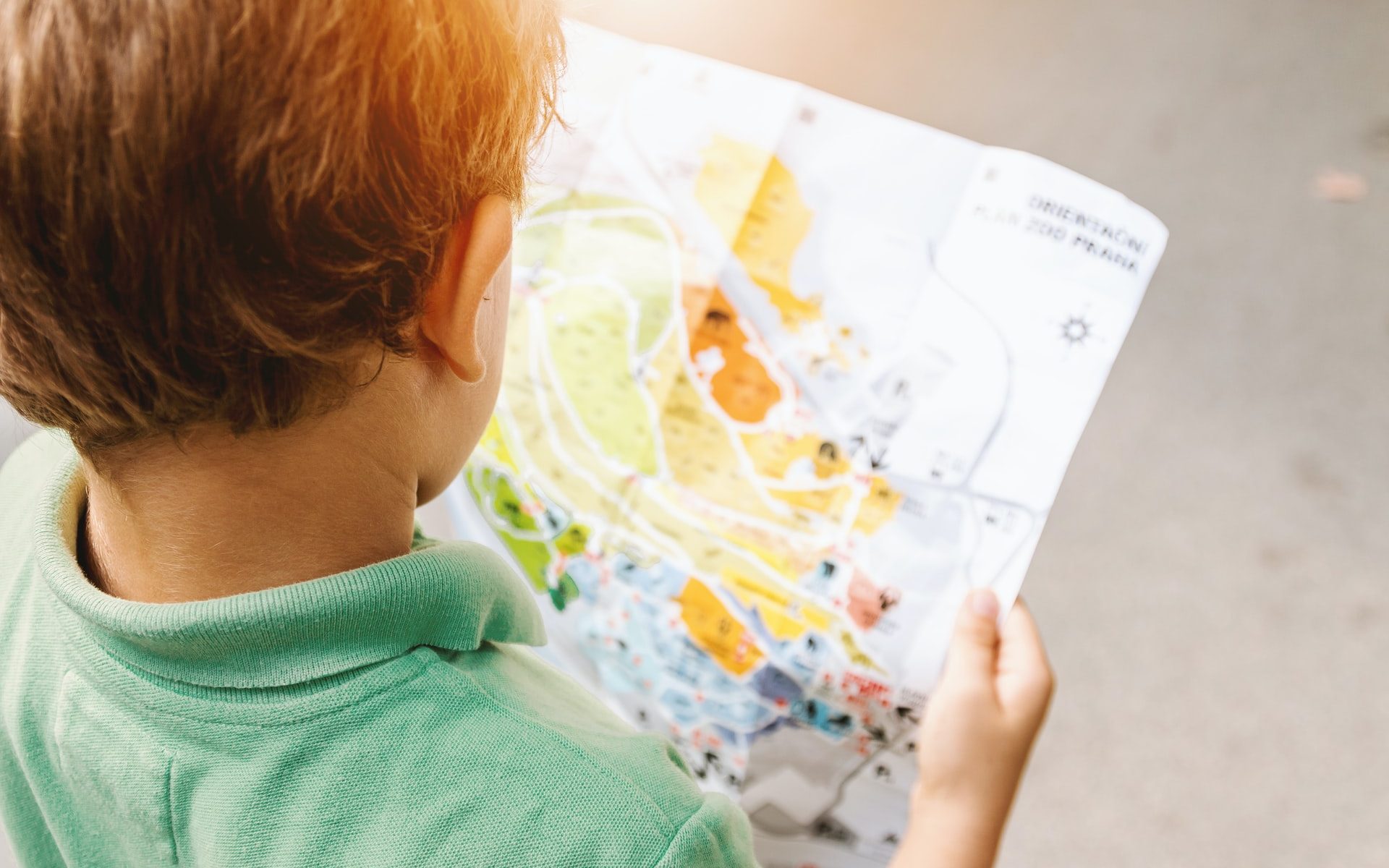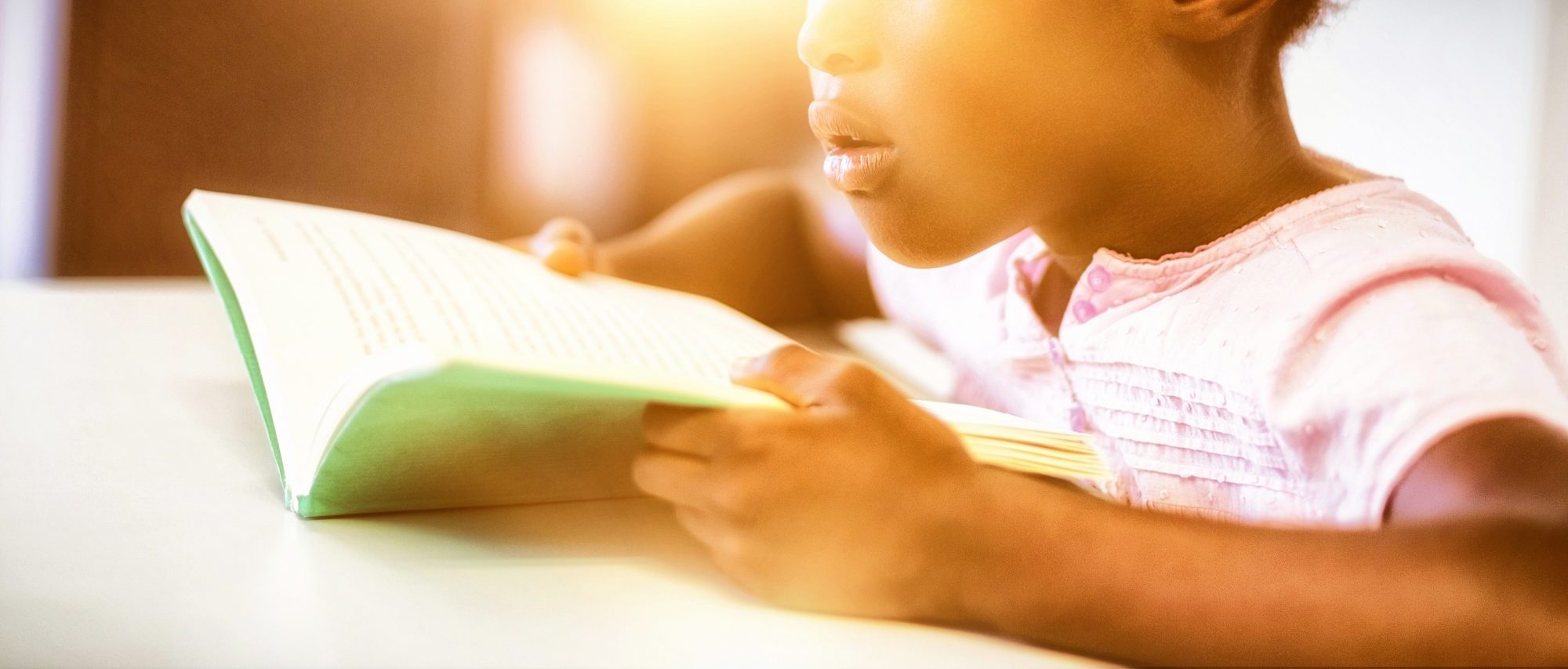The main idea is the central theme of a story. Finding the main idea of writing can be a challenge, but it is an essential reading comprehension skill for our learners to develop. Learners who become skilled in this art will benefit from it far beyond the school gates’ perimeters. From the print of an insurance document to writing a book review, the capacity to filter through a text and identify its central idea is a crucial life skill and an essential literacy-based learning objective. What is the Main Idea Whether we are talking about a paragraph, a poem, a …
Continue reading “How to Teach Students to Find the Main Idea”






